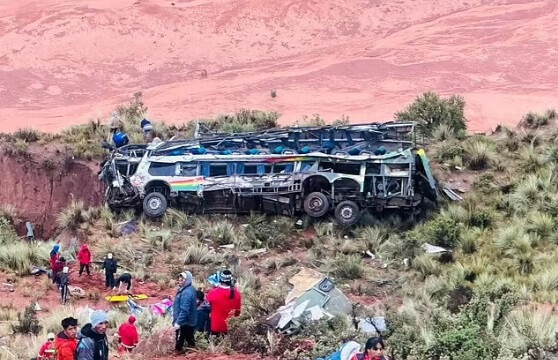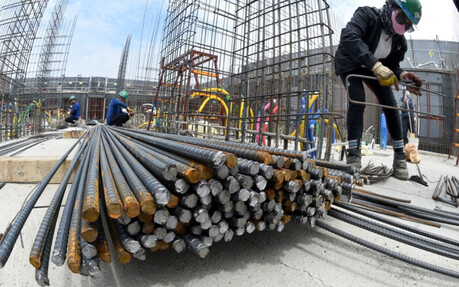
POTOSÍ, BOLIVIA – A pall of grief has fallen over the Bolivian highlands following a series of devastating bus crashes in the vicinity of the famed Uyuni Salt Flats. In a grim tally, approximately 100 lives have been lost in traffic accidents in the Potosí and Oruro regions in a span of just fifteen days, prompting urgent questions about road safety and the potential for a so-called "curse" in the accident-prone area.
The latest tragedy unfolded in the early hours of Saturday, May 3rd, when a tourist bus en route from Potosí to Oruro collided head-on with a pickup truck and plummeted a staggering 800 meters into a ravine. Authorities confirmed the deaths of at least 31 individuals, with another 22 sustaining injuries, some critically. Preliminary investigations point to the driver of the pickup truck crossing into the opposing lane as the likely cause of the catastrophic collision.
This incident occurred a mere two days after another fatal crash near Uyuni on Thursday, May 1st. That accident involved two buses colliding while one was transporting passengers to the vibrant Oruro Carnival celebrations. The collision resulted in the deaths of at least 37 people. Investigators have indicated that excessive speed and alcohol consumption by one of the drivers are suspected factors in this earlier tragedy.
The treacherous stretch of highway between Potosí and Oruro, characterized by its narrow, winding roads and steep ravines, has become a recurring scene of such devastation. Just weeks prior, on May 17th, a bus traversing the same route careened off the road and plunged 800 meters, claiming the lives of approximately 30 passengers. This followed an incident in January when a bus near Potosí veered off the road, resulting in 19 fatalities.
The alarming frequency of these deadly accidents in such a short period has understandably led to heightened public concern and even whispers of a possible "curse" or ill fate associated with the region. However, transportation experts and authorities are quick to emphasize the more tangible factors contributing to the high accident rate.
Bolivia's mountainous topography presents significant challenges for road infrastructure and driver safety. Narrow, poorly maintained roads, coupled with inadequate safety measures and, at times, reckless driving behavior, create a dangerous environment, particularly for large passenger vehicles. Overcrowding of buses, driver fatigue, and insufficient enforcement of traffic regulations have also been cited as contributing factors in past accidents.
Government statistics paint a stark picture of the country's road safety situation. With a population of around 12 million, Bolivia records an average of 1,400 traffic fatalities annually. The department of Potosí, where the recent spate of accidents has occurred, accounts for a disproportionately high 10.6% of the nation's total traffic deaths, highlighting the perilous conditions in this specific region.
Following the recent tragedies, calls for stricter enforcement of traffic laws, improved road maintenance, and enhanced driver training have intensified. The government has announced investigations into the causes of the accidents and pledged to review safety protocols on high-risk routes. However, for the families of the victims and the communities affected by these losses, such measures may feel insufficient in the face of such profound and repeated tragedy.
The Uyuni Salt Flats, a breathtaking natural wonder and a major tourist draw, stand in stark contrast to the deadly reality of the roads leading to and from the area. While the salt flats themselves offer stunning vistas, the journey to experience them has become fraught with peril. The international community and local advocacy groups are urging the Bolivian government to take decisive action to address the systemic issues contributing to these recurring tragedies and to ensure the safety of both residents and tourists traveling through this beautiful but dangerous region. The hope is that concrete measures can be implemented swiftly to prevent further loss of life and to dispel the ominous shadow that has fallen over the "canyon of death."
[Copyright (c) Global Economic Times. All Rights Reserved.]






























